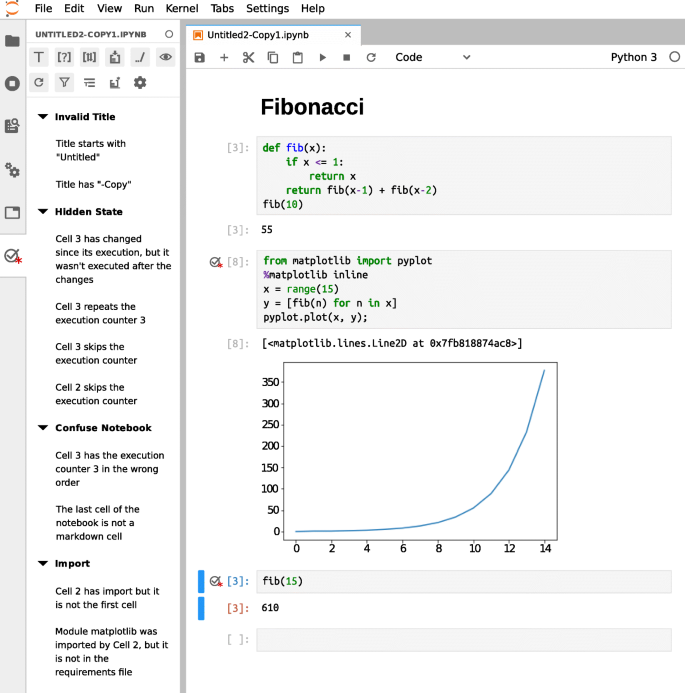

If you want to use a Jupyter-supported programming language other than Python, you will need to manually install the appropriate kernel. (Python support is automatically included when the jupyter package is installed to your virtual environment, as the IPython kernel is the default kernel for Jupyter). There are a number of other programming languages that can be used with Jupyter, which simply require installing the appropriate kernel to include support for a given programming language. The instructions above will enable you to create a Juypter notebook that supports running Python. You're all done! Using other programming languages / Jupyter kernels Click it, then it should open in your local machine's browser. When you run the above command, you should see a URL show up in the terminal that contains your session token. If you have a freshly installed version of Jupyter, your notebook will have a token associated with it. On newer versions of Jupyter (notebook >= 4.1), the developers implemented token authentication, which is on by default. SSH to O2 with that port (to be mentioned as jupyter notebook NOTEBOOKFILE -port=PORT -browser='none' Generally, somewhere in the 50000 range is safe if you just want to guess.

Pick a port on your local machine that is empty using whatever methods you like (e.g. You can find additional informations about X11 forwarding at Make sure you have X11 forwarding active (e.g. If on Windows, use some sort of terminal emulator such as Cygwin or MobaXterm (further configuration may be required, e.g. The following instructions assume you will be connecting from OS X or some other native *nix terminal (e.g. After the installation finishes, open a new LOCAL terminal. The above steps only need to be taken once (unless you need to recreate the virtual environment, or build another one). Additionally, we install the virtual environment to our hypothetical home directory in this example, but you may create and use virtual environments wherever is source pip3 install jupyterĪt this point, a number of packages will attempt to install, but hopefully will not throw any errors. We use version 3.7.4 to demonstrate in this example. For detailed instructions on setting up a virtual environment, see Personal Python Packages, but the instructions will be reiterated here specifically for installing Jupyter.įirst, create your virtual environment. However, it is very straightforward to install locally, via the use of a virtual environment. Installing JupyterĪs mentioned above, Jupyter is not installed into any of the Python installations available via the LMOD module system. We are investigating the feasibility of offering a more robust solution in the future. Please note: We provide instructions for setting up Jupyter on O2, though we are only available for limited support of this use case.
#Gensim package install jupyter notebook how to#
However, we acknowledge that many users leverage Jupyter notebooks to great effect in their research, so we provide detailed instructions on how to set up a working Jupyter notebook here on O2.


 0 kommentar(er)
0 kommentar(er)
